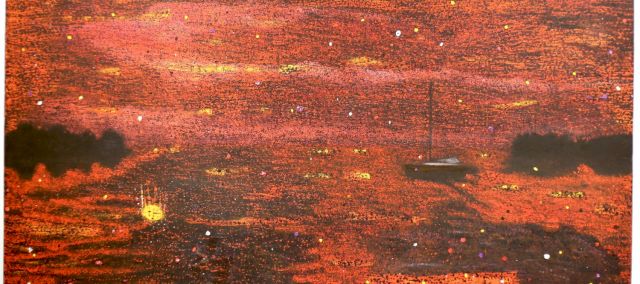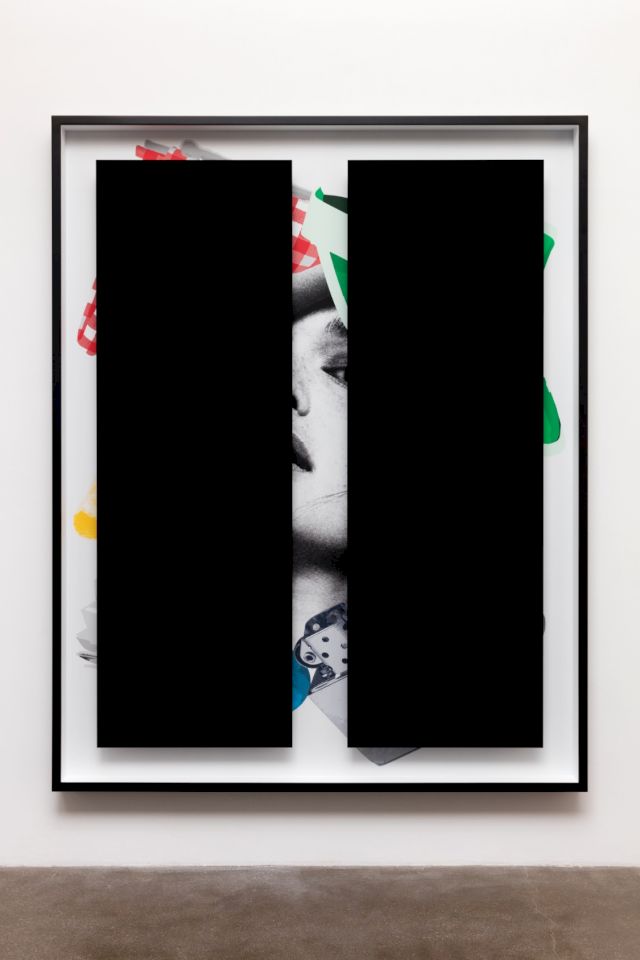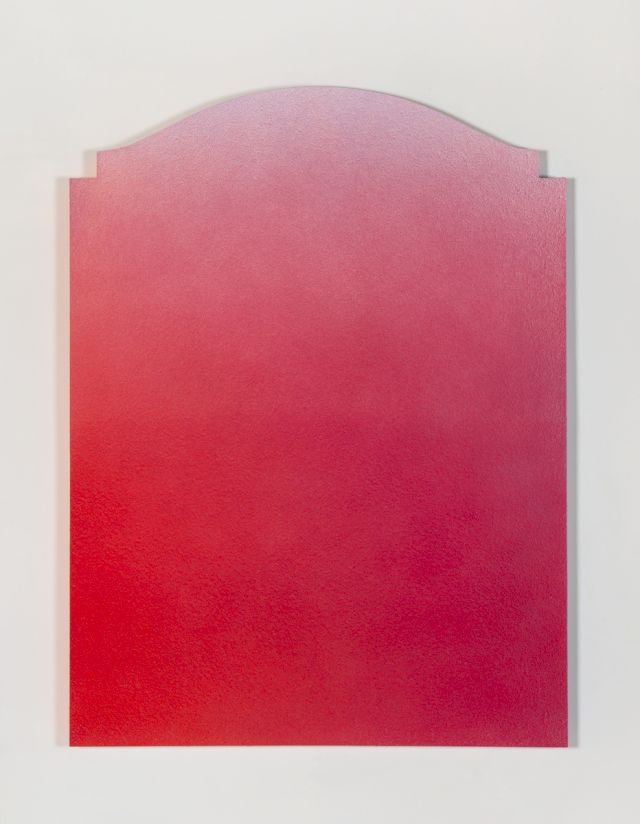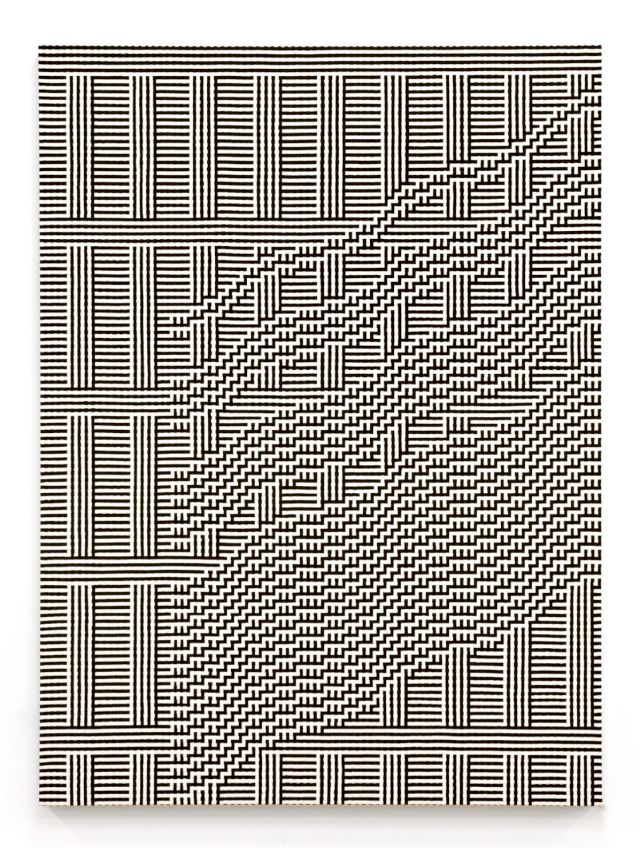Independent Collectors
de la Cruz Collection
Rosa and Carlos de la Cruz, the co-founders of the renowned collection that bears their name, are always quick to highlight the importance of education when discussing the role the De La Cruz Collection plays in the Miami community.

Speaking to Rachel Spence of the Financial Times, Carlos de la Cruz described education as “the single thing that is necessary to a good society”. In the increasingly fraught political context of the present moment, de la Cruz’s statement seems intensely relevant. The de la Cruz Collection, since its inception, has always sought to use art as a means of creating educational opportunities for both students of art and for the public at large. As Spence notes in her article, the de la Cruzes have taken an active interest in cultivating connections between young people and institutions of learning throughout the US and Europe, endowing more than 1 000 students with sponsorship to pursue study projects at Parson’s School of Design in New York as well as a recent expedition to China for students of Miami’s New World Art School. It may be that this commitment to education is an outgrowth of the de la Cruzes’ own commitment to learning from art. A particular touchstone in this regard is the work of Félix González-Torres and the role González-Torres work plays in the history of the de la Cruz collection. Interviewed by George Fishman in a recent article in the local Miami magazine, Indulge, Carlos de la Cruz spoke of the ways in which González-Torres’ works have affected him, “At the beginning, you don’t understand Félix… after you’ve lived with him for 10 years you’re still discovering new things”. This notion of a collection as an educational process, a kind of dialogue between the collector, the artist, and the works, infuses the ethos of the de la Cruz Collection, which is as much predicated on depth, as is it on breadth.
The de la Cruz Collection is housed in a bright, modernist construction encompassing 30 000 square feet in Miami’s Design District. Built in 2009, the gallery is a major hub for the crowds of Art Basel Miami Beach, and, in keeping with the de la Cruzes emphasis on accessibility and outreach, the space is free to visit the rest of the year as well. Exhibitions are presented at a considered pace, focusing less on the rapid churn of aesthetic trends and more on the evolution of the collection as a whole, as well as the internal discourses between the artists whose work comprises it; for example, the influence exerted on Wade Guyton by Martin Kippenberger and Albert Oehlen whose works appeared beside Guyton’s large-scale, Untitled, at the gallery’s most recent exhibition. This kind of consideration and attention to detail is indicative of the de la Cruzes wider philosophy of collection and curation. In a documentary entitled, The Next Big Thing, directed by Frank van den Engel, Rosa de la Cruz elaborated on the rationale behind the collection’s acquisitions, and the ways in which the works are displayed. “Art requires patience,” de la Cruz begins. “To build a collection, you need critical thought. You need to learn; you don’t just jump on the wagon and say, ‘I’m a collector’”. Instead of embracing the frenetic pace of the increasingly algorithm-driven art market, the de la Cruz Collection’s method has affinities with the themes expressed in a late-period Leonard Cohen masterpiece, Slow, in which he sings “I like to take my time. I like to linger as it flies.” Such lingering over the details and highlighting artistic and intellectual connection is a central theme of the collection’s forthcoming show, set to open at Art Basel Miami Beach in December. It is entitled “Force and From”, and it seeks to offer a sense of the expansiveness and intertextuality of a collection that has taken shape over decades. Including works by artists as diverse in aesthetic approaches as Salvador Dalí, Mark Bradford and Ana Mendieta, the de la Cruz Collection may take matters slowly, but its exhibitions aim to demonstrate that this measured approach is among the best ways to truly learn from art.
William Kherbek is the writer of the novel “Ecology of Secrets” (2013, Arcadia Missa) and “UltraLife” (2016, Arcadia Missa). His art journalism has appeared in a number of publications in the UK, US, Germany, Switzerland and Romania.




